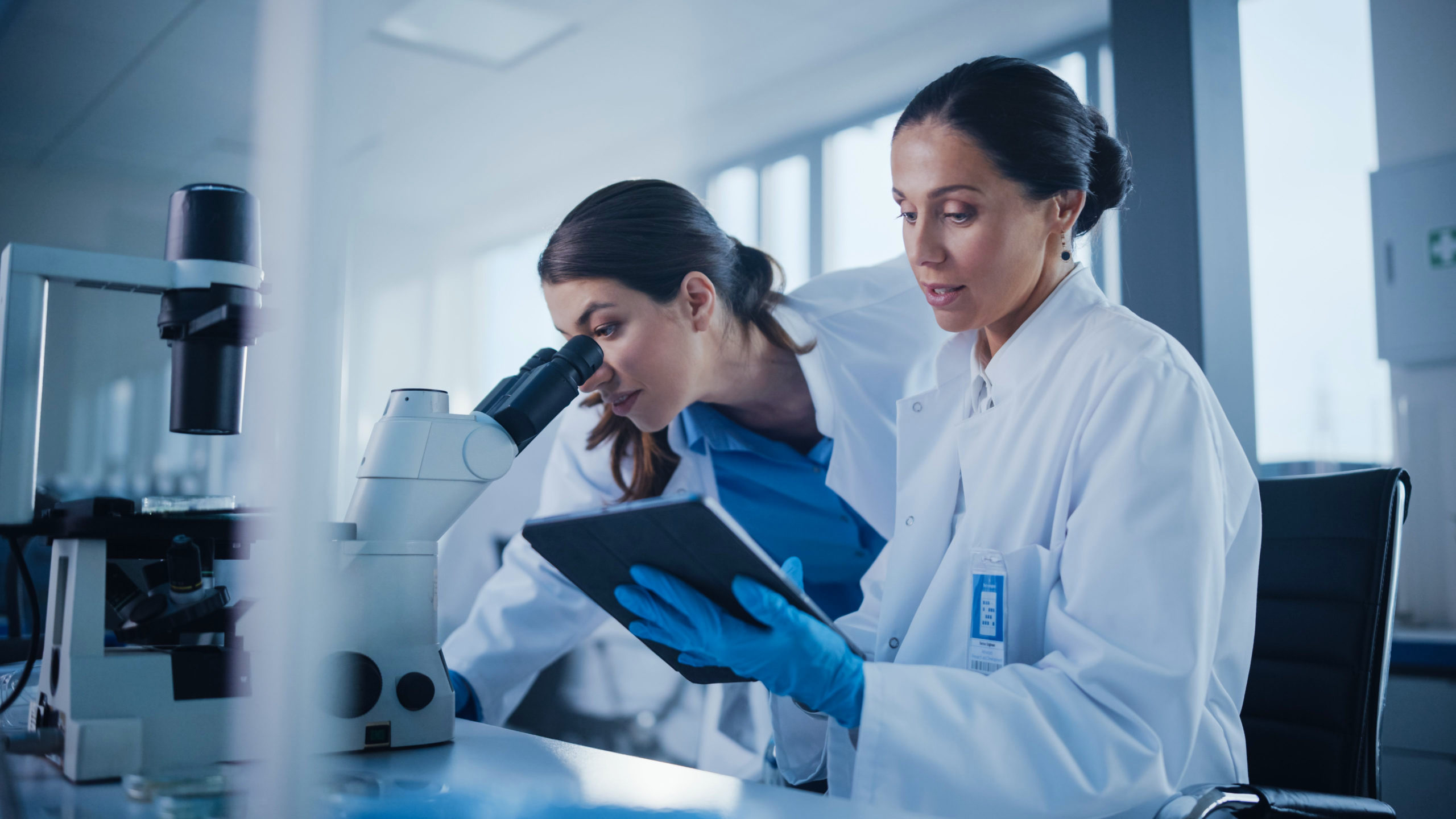Modern laboratories are under enormous pressure to produce research and simultaneously minimize waste and regulatory risk. One area where labs often fail to maximize operational efficiency is laboratory instrument management. Proper management of laboratory equipment through every phase of its life cycle is an important key for labs to get the most out of their resources.
Seasoned professionals at Kalleid have deep expertise in R&D research that helps maximize laboratory efficiency. Some nuggets are captured in recent publications. Our whitepaper A Modern Framework for Laboratory Instrument Management (LIM) provides key success factors that will allow you to enhance laboratory asset management. In this blog, we will discuss a few highlights from the whitepaper.
Preparation Phase
Prior to implementing an integrated LIM operation, it is necessary to determine the people and business processes that must be involved to maximize laboratory efficiency. This step involves identifying the team that will be responsible for laboratory instrument management and putting boundaries in place for suppliers and vendors in relation to the internal team. Having clearly documented roles and responsibilities ensures that the team is fully prepared to handle the incoming lab instruments.
Procurement Phase
The procurement process should be clearly outlined ahead of time to avoid mistakes and additional costs. When creating an individualized procurement process for your laboratory, there are many important steps that must be followed – few of these include identifying the internal need, carefully selecting a supplier, and maintaining proper records throughout the entire process.
Instrument Categorization and Qualification
Equipment often requires qualification when purchased, when relocated, after undergoing maintenance, or during the implementation of a new method. In order to speed up the qualification process, organizations should implement a standard qualification process that can be used for all types of equipment.
To facilitate the standardization of the onboarding process, instruments should be categorized broadly. No single categorization scheme will be beneficial for every laboratory, however the following are recommended categories:
- Program Critical Equipment: Used to make measurements that are reported to the customer
- Program Non-Critical Equipment: Used to ensure that measurements being reported to the customer are of high quality
- Non-Critical Equipment: Not used to make measurements that are reported to the customer nor to ensure the high quality of those measurements
Laboratories performing physical testing or calibrations may benefit more from a categorization scheme that classifies instruments according to complexity, considering factors such as measurement capability and whether the equipment includes a full operating system.
Furthermore, any equipment with associated software should be classified into different software categories such as firmware and infrastructure software.
Supplier Management
Supplier management is critical to ensure that you are receiving the highest quality products for the best prices. In recent years, the need for supplier management has significantly increased due to increasing operational and geographical scale, complexity of supply chains, and a highly competitive business environment. Laboratories should carefully evaluate the suppliers they select and form long-term relationships with them in order to facilitate negotiations and the resolution of issues.
Maintenance Phase
A lab instrument maintenance plan should include both preventative maintenance procedures as well as provisions for troubleshooting and repairs. A few key steps in the implementation of an equipment maintenance program include:
- Assign supervision responsibilities
- Document written procedures for routine maintenance of equipment
- Put necessary processes in place for documentation of records
- Properly train staff on equipment
- Create an SOP that for technicians to regularly calibrate instruments
Business Continuity and Disaster Recovery
Business continuity and disaster recovery always go hand in hand when protecting against threats that could prevent the continuation of normal business processes. Laboratories should create a business continuity plan to ensure that the needs of employees are met during unexpected incidents so that business processes can resume. A good business continuity plan is only possible when used together with a disaster recovery plan, a set of documented procedures that address the restoration of IT services after an adverse event.
Retirement Phase
It is necessary to have retirement policies and procedures in place for instruments that no longer function and cannot be repaired. Proper disposal is a step that is often neglected, leading to accumulation of old instruments and wasted space. When disposing of equipment, it is important to salvage usable parts and carefully follow safety disposal procedures. Separate policies should also be in place for retiring instrument-connected lab computers.
Conclusion
A strong Laboratory Instrument Management program will help to reduce costs and enhance lab performance and productivity. Each lab should create an individualized LIM program in proportion to its scale of operation that meets its specific needs. This blog has discussed some of the key highlights in the whitepaper A Modern Framework for Laboratory Instrument Management (LIM), providing a glimpse into Kalleid’s unique approach to problem solving. To download the full whitepaper and reap the benefits of Kalleid expertise, please enter your contact details below.



